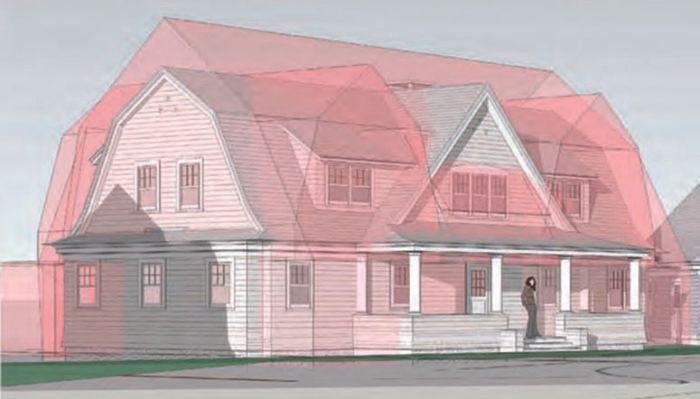Surviving a Design Review
Whether you’re in a historic district or an upscale development, the secrets of success are the same.

Synopsis: This article outlines the process of working with a design review board when making any changes (from changing exterior paint colors to new building construction) to the houses in a neighborhood or historic district. Asa Christiana interviews a number of experienced architects including Steve Baczek, Hope Proctor, and Richard Taylor, who describe their processes of working with design review boards (or architectural review boards, also called ARBs). They outline tips for working with these committees, including having a concept meeting, bringing 3D computer models to help show the style and scale of each project, using documents to outline the entire scope of the work, and providing different options to allow the design review board to make decisions.
When you buy into a neighborhood, you buy the neighborhood, and every resident has a stake in its quality of life. This means your rooster might make enemies, and your son’s car probably shouldn’t hit the cul de sac like it’s an aircraft carrier. The presentation of the houses and landscape matters too, especially in developments where homeowners pay a premium for a certain look and feel, or in historic districts where residents, visitors, and businesses are counting on the character of the area.
In some of these developments and districts — whether you are building from the ground up, putting on an addition, or just changing a paint color — you will run into a design review board. Also called architectural review boards, or ARBs, these committees exist to enforce guidelines that go well beyond building codes and deed restrictions. Usually the focus is on appearance and style, but the directives often cover materials as well.
Whether you are the homeowner, architect, or builder, if you’re not aware a review board exists or you don’t find out exactly what it requires, you could waste thousands of dollars on architectural renderings and construction plans only to have to go back to the drawing board, with the review committee potentially feeling less than excited about seeing you for round two.
Here’s the good news: While review boards and design directives vary widely, experienced designers will tell you that the path to success doesn’t. If you treat the process with respect, you’ll almost always find a satisfying compromise for all the stakeholders who call your neighborhood home.
Click below for the full article.


























